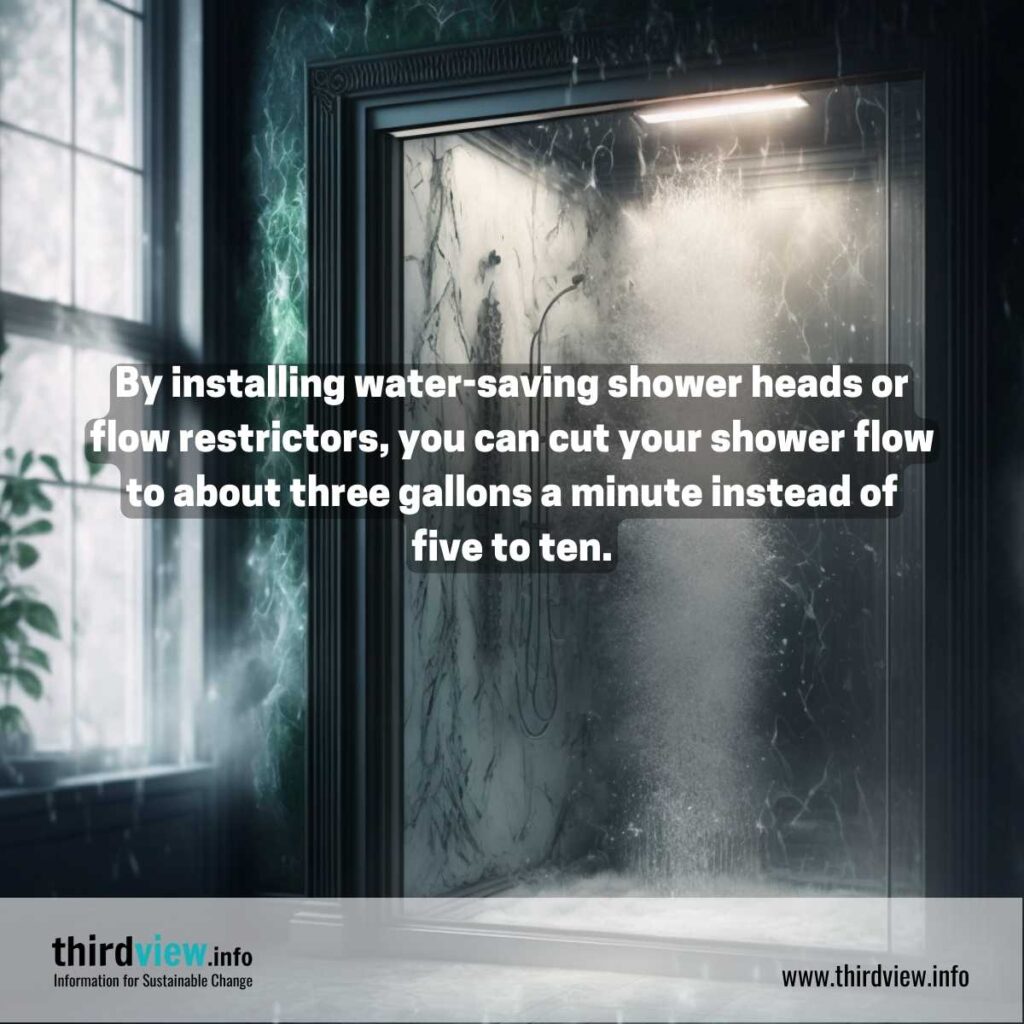The Facts About Reclaim Waste Uncovered
The Facts About Reclaim Waste Uncovered
Blog Article
Get This Report about Reclaim Waste
Table of ContentsThe Basic Principles Of Reclaim Waste Not known Factual Statements About Reclaim Waste The 9-Minute Rule for Reclaim WasteThe Ultimate Guide To Reclaim WasteThe Best Guide To Reclaim Waste
Explore the types, incidents, and types of fluid waste. Residential sewage waste describes the waste and products from a domestic septic storage tank. This sort of waste is created by human beings in houses, institutions, and other buildings. This only consists of septic systems that have a drainpipe area. The correct monitoring and disposal of residential sewage waste need fluid waste to be transferred to a sewer therapy plant where the appropriate methods and equipment are related to detoxify and deal with waste.
Business waste typically includes prospective risks, such as combustible products or a combination of fluid and solid waste products, and needs an extra sophisticated and comprehensive disposal process. The disposal of business waste commonly involves the filtering of waste before transportation to make certain safe and correct disposal. Industrial waste is produced from results and overflow of commercial procedures and production.
This sort of waste can not utilize the same sewage monitoring transportation or procedures as septic or business fluids. The hazardous waste administration process requires the examination and testing of fluid waste prior to it undertakes the disposal procedure (liquid waste removal melbourne). Runoff waste is the fluid waste that originates from runoff and excess stormwater in highly booming areas or cities
Runoff waste can cause contamination and flooding if not managed effectively. Guaranteeing appropriate waste management can protect against calamities and reduce ecological harm.
The Buzz on Reclaim Waste
Contact PROS Providers today to find out about our waste monitoring and disposal solutions and the appropriate means to look after the liquid waste you create.
(https://reclaimwaste1.weebly.com/)This so-called 'wastewater' is not just an essential resource yet, after therapy, will be released to our land, waterways or the ocean. Made use of water from toilets, showers, baths, cooking area sinks, washings and industrial processes is recognized as wastewater.

water used to cool down machinery or tidy plant and equipment). Stormwater, a kind of wastewater, is runoff that streams from farming and urban locations such as roof coverings, parks, gardens, roads, paths and gutters into stormwater drains pipes, after rain. Stormwater flows unattended directly to regional creeks or rivers, ultimately reaching the ocean.
Unknown Facts About Reclaim Waste
In Queensland, the majority of wastewater is dealt with at sewer therapy plants. Wastewater is delivered from residential or industrial sites through a system of drains and pump terminals, recognized as sewage reticulation, to a sewer treatment plant.
The Division of Natural Resources advises neighborhood governments concerning handling, operating and keeping sewage systems and therapy plants. In unsewered locations, local governments might call for householders to install specific or family sewer treatment systems to treat domestic wastewater from toilets, kitchen areas, shower rooms and laundries. The Division of Natural Resources authorises using household systems when they are shown to be reliable.
In some new neighborhoods, treatment of some stormwater to get rid of clutter, sand and crushed rock has started using gross toxin catches. Wastewater therapy occurs in 4 phases: Eliminates strong issue.
Utilizes little living organisms knows as micro-organisms to damage down and remove remaining liquified wastes and fine particles. Micro-organisms and wastes are included in the sludge.
The Facts About Reclaim Waste Revealed
Nutrient removal is not offered in any way sewage therapy plants since it requires expensive specialist devices. It is coming to be much more usual in Queensland. Clear fluid effluent generated after treatment may still have disease-causing micro-organisms. If this effluent is released right into waterways such as rivers or the sea, the micro-organisms will at some point die out.

This usually implies wastewater needs to be dealt with or pollutants removed prior to it can be discharged to rivers. A lot of wastewater flows right into the sewerage system. Under the Act, neighborhood federal governments administer authorizations and licences for eco appropriate tasks (Ages) involving wastewater launches that might have a neighborhood effect. The department carries out authorizations and licences to home Ages including wastewater releases that could have a local or statewide impact.
Getting The Reclaim Waste To Work
Otherwise, samples are taken for lab evaluation. Often numerous examinations are required to develop the levels of each of the different toxins such as oils, heavy steels and pesticides in water. Tracking offers accurate details regarding water high quality and can validate that permit conditions are being satisfied. The details gotten through tracking provides the basis for making water high quality choices.
Report this page